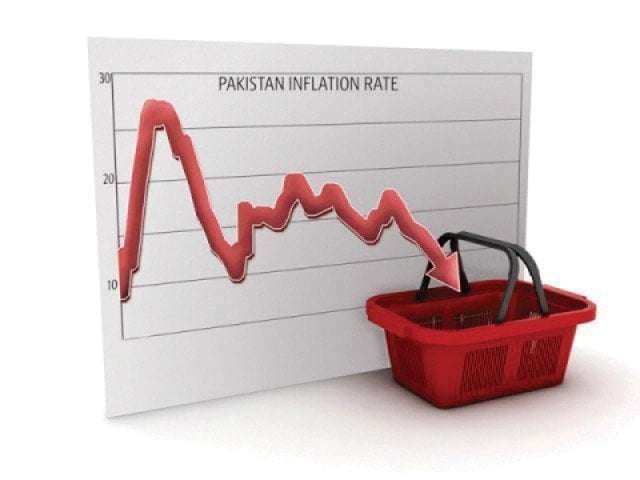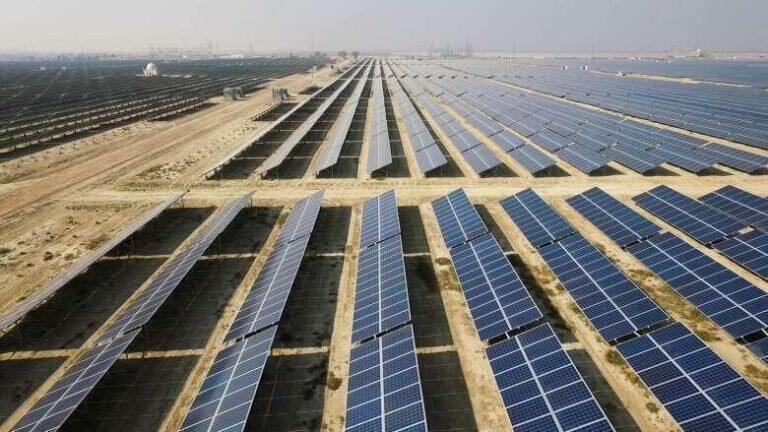
|
Getting your Trinity Audio player ready...
|
Inflation Rate Declines Sharply, Offering Relief to Consumers
Pakistan’s Consumer Price Index (CPI) inflation has seen a significant drop, reaching 2.41% year-on-year (YoY) in January 2025. This marks the lowest inflation rate in 111 months, according to the latest data released by the Pakistan Bureau of Statistics (PBS).
The decline is notable compared to 4.1% in December 2024 and an alarming 28.3% in January 2024, indicating a sharp disinflationary trend that has brought relief to consumers struggling with the cost of living.
On a month-on-month (MoM) basis, inflation increased slightly by 0.2%, compared to 0.1% in December 2024.
Understanding the Decline in Inflation
Economic Factors Behind the Drop
Several factors have contributed to this sharp decline in inflation, including:
- Tighter Monetary Policies: The State Bank of Pakistan’s (SBP) strict monetary policies have played a key role in stabilizing inflation.
- Improved Supply Chains: Better food and commodity supply management has helped curb rising prices.
- Reduced Global Commodity Prices: The decline in oil and raw material prices globally has had a positive impact.
- Lower Demand Pressure: Reduced purchasing power has lowered demand, easing inflationary pressures.
Despite these improvements, key food and non-food items have still recorded price increases, particularly in rural areas.
Urban vs. Rural Inflation Trends
Urban Inflation Highlights
In urban areas, the highest year-on-year (YoY) price increases were observed in:
- Potatoes: +45.14%
- Gram Flour: +44.72%
- Pulse Gram: +41.73%
- Motor Vehicle Tax: +168.79%
- Footwear: +31.88%
- Medical Services: Notable increases recorded
Rural Inflation Highlights
The rural sector experienced even steeper price hikes in essential commodities, such as:
- Potatoes: +49.32%
- Gram Flour: +45.85%
- Pulse Gram: +45.24%
- Motor Vehicle Tax: +126.61%
- Education Costs: +23.41%
These numbers indicate that while inflation has dropped overall, the impact on food and essential items remains significant, especially in rural areas.
Month-on-Month Price Increases
On a monthly basis, specific food categories recorded sharp increases:
- Chicken: Urban +35.26%, Rural +33.02%
- Sugar: Noticeable increase across all markets
- Fresh Fruits & Cooking Oil: Price surges observed
This suggests that while overall inflation has declined, short-term price fluctuations continue to affect households.
How This Impacts the Pakistani Economy
1. Consumer Relief but Challenges Remain
The drop in CPI inflation provides relief to households burdened by rising prices in previous years. However, essential food costs and non-food items like motor vehicle taxes and medical services remain high.
2. Interest Rate Policies
With inflation at record lows, there is pressure on the State Bank of Pakistan (SBP) to reduce interest rates. Lower interest rates could stimulate investment and economic activity, but SBP may remain cautious due to external economic uncertainties.
3. Government’s Role in Inflation Control
The Pakistani government must focus on long-term policies such as:
- Strengthening food security programs
- Controlling supply chain disruptions
- Implementing subsidies on essential goods
Future Inflation Projections
Experts predict that inflation may remain low in the coming months if:
- Global fuel and commodity prices stay stable
- No major economic shocks occur
- Government policies continue to support economic stability
However, unexpected currency devaluation, fuel price hikes, or policy changes could reverse this downward trend.
FAQs on Pakistan’s Inflation Rate
1. What caused the sharp decline in inflation in January 2025?
The decline was driven by monetary policies, better supply chain management, and lower global commodity prices.
2. Will the inflation rate continue to decrease?
It depends on government policies, global economic conditions, and supply chain stability. Experts expect a moderate decline if conditions remain stable.
3. Which sectors still face high price increases?
Food items like potatoes, gram flour, and pulse gram remain costly, along with motor vehicle taxes and education costs in rural areas.
4. How does this impact consumers?
Lower inflation provides relief, but essential items like food and fuel still face price pressures, especially for low-income households.
5. What can the government do to maintain low inflation?
Policies focusing on price control, subsidies, and economic reforms are needed to ensure long-term inflation stability.
Conclusion
Pakistan’s inflation drop to 2.41% is a major economic development, offering some relief to consumers. However, food and essential goods remain costly, indicating that inflation control measures must continue.
The government and financial institutions must remain proactive to sustain economic stability and protect consumers from sudden price hikes in the future.






